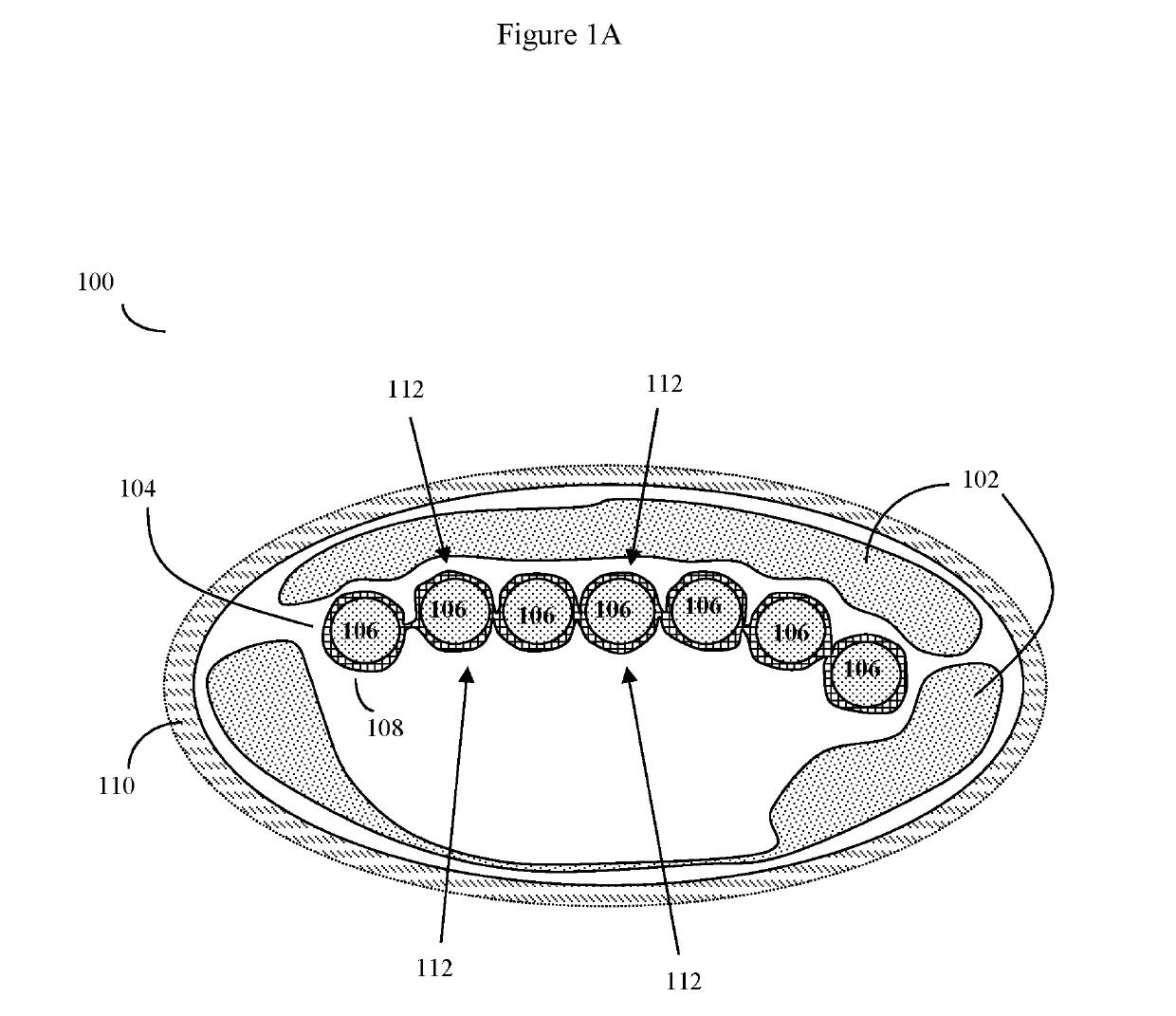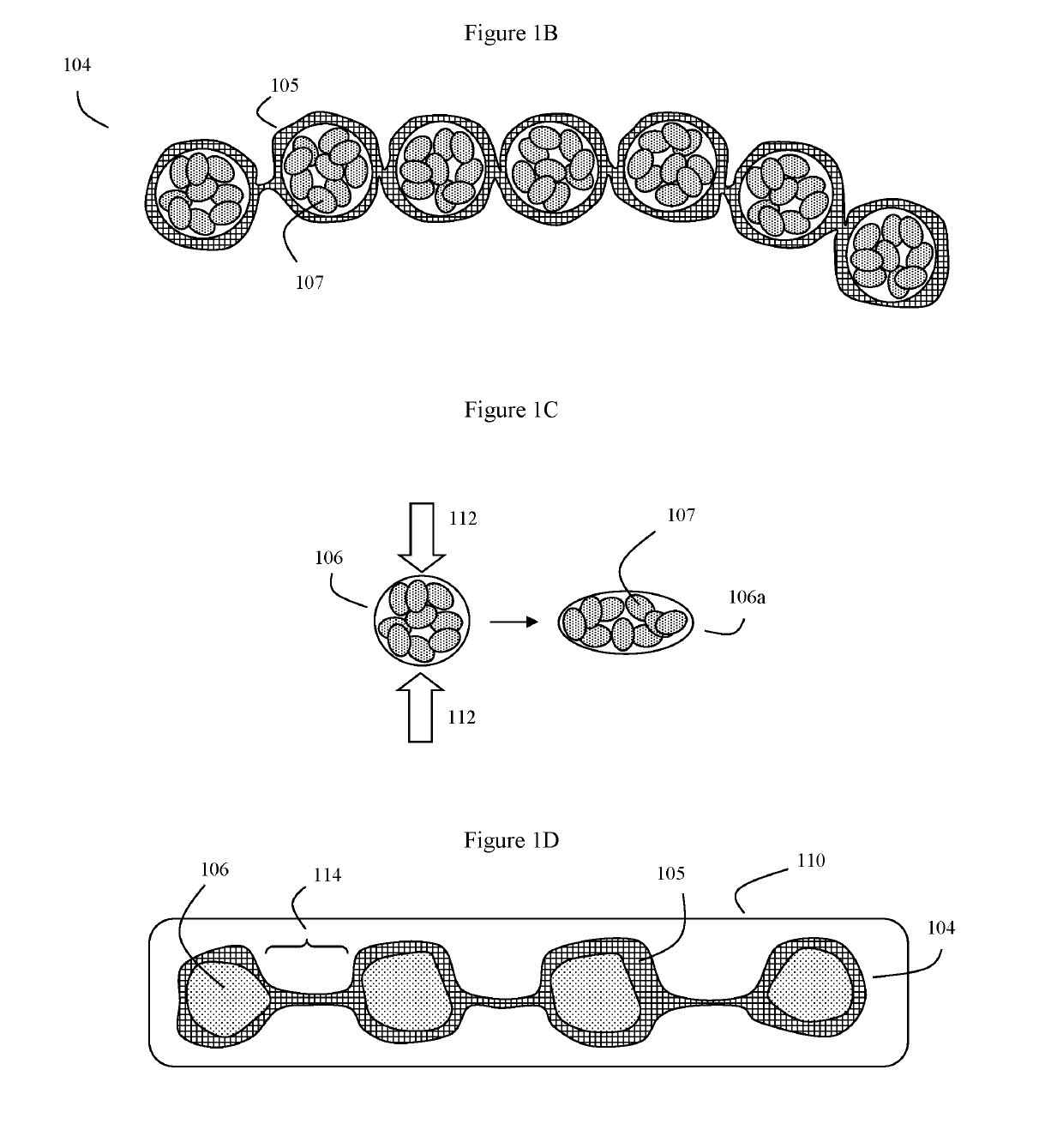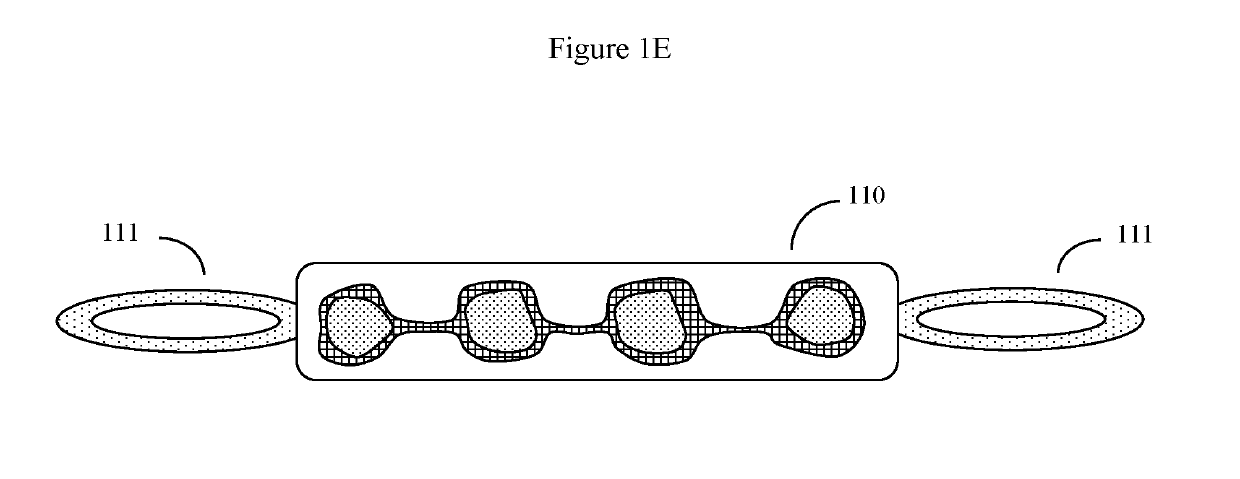Therapeutic toy device for an animal
a toy device and animal technology, applied in the field of toys, can solve the problems of difficulty in reproducing the mouth, difficulty in calming, and difficulty in calming animals, and achieve the effects of improving the reproducibility of the mouth, avoiding allergens, and reducing the risk of injury
- Summary
- Abstract
- Description
- Claims
- Application Information
AI Technical Summary
Benefits of technology
Problems solved by technology
Method used
Image
Examples
Embodiment Construction
[0017]Regarding terminology: In standard use, a “vertebra” is the singular form of a spinal column bone, while vertebrae is the plural form. In the context of this disclosure, an internal spine simulator composed of a plurality of individual vertebra simulators is taught. However, given the context that a plurality of individual vertebra simulators is taught, a plurality of vertebrae simulators are also being taught. In general, unless otherwise specified, the two terms will be used somewhat interconvertible manner. That is, for the purposes of this discussion, an internal spine simulator comprising a plurality of individual vertebra simulators or vertebrae simulators is being taught.
[0018]The invention is based, in part, on the insight that an animal's motor response relies on sensory feedback from proprioceptors (various types of biological force and position sensors typically located in skeletal striated muscles). The proprioceptive system is an intricate and complex biological n...
PUM
 Login to View More
Login to View More Abstract
Description
Claims
Application Information
 Login to View More
Login to View More - R&D
- Intellectual Property
- Life Sciences
- Materials
- Tech Scout
- Unparalleled Data Quality
- Higher Quality Content
- 60% Fewer Hallucinations
Browse by: Latest US Patents, China's latest patents, Technical Efficacy Thesaurus, Application Domain, Technology Topic, Popular Technical Reports.
© 2025 PatSnap. All rights reserved.Legal|Privacy policy|Modern Slavery Act Transparency Statement|Sitemap|About US| Contact US: help@patsnap.com



